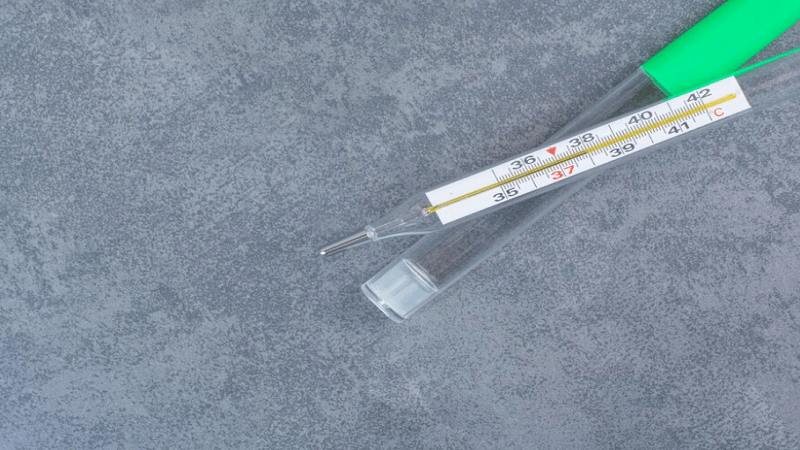How to Measure 5ml Without a Syringe
Measuring small volumes like 5 milliliters (ml) accurately can be challenging without a syringe, especially in settings like a kitchen or when handling liquids for which precision is key. However, there are several alternative methods that can be employed to achieve a fairly accurate measurement. This article guides you how to Measure 5ml Without a Syringe.
1. Using Standard Kitchen Spoons
In many parts of the world, a standard teaspoon is considered to hold approximately 5 ml of liquid. This makes it a convenient and accessible tool for measuring 5 ml. It’s important to ensure the spoon is levelled off to avoid excess liquid. Remember, this method is generally accurate but might not be as precise as using a syringe.
2. Graduated Measuring Cups
If you have a measuring cup with gradations for milliliters, you can accurately measure 5 ml. These cups often have markings for very small quantities, making them suitable for this task. The key here is to ensure the cup is placed on a level surface and you’re checking the measurement at eye level.
3. DIY Measuring Tools
You can create your own measuring tool using common household items. For instance, a clean medicine dropper typically holds about 1 ml. Therefore, five full droppers would equal approximately 5 ml. Similarly, if you have any other calibrated liquid medicine dispensers, they can be repurposed for this task.
4. Water Displacement Method
This method is based on the principle of displacement in physics. Fill a graduated cylinder or another accurate measuring container with a known volume of water (e.g., 50 ml). Then, add an object of a known size until the water level reaches 55 ml. The volume of the object is equivalent to 5 ml. This method requires a bit of calculation and a suitable object for displacement.
5. Digital Kitchen Scales
If you have a digital kitchen scale, you can use the weight of water as a proxy for volume (as 1 ml of water is approximately equal to 1 gram). Place a container on the scale, tare it to zero, and add water until the scale reads 5 grams. This method is highly accurate but assumes that the liquid’s density is close to that of water.
Conclusion
While a syringe offers precision, these alternative methods provide practical solutions when a syringe isn’t available. The key to success with these methods is understanding their limitations and ensuring that you’re as precise as possible within those constraints. Whether you’re cooking, conducting a simple science experiment, or handling any task that requires measuring a small volume of liquid, these techniques can be quite useful.
